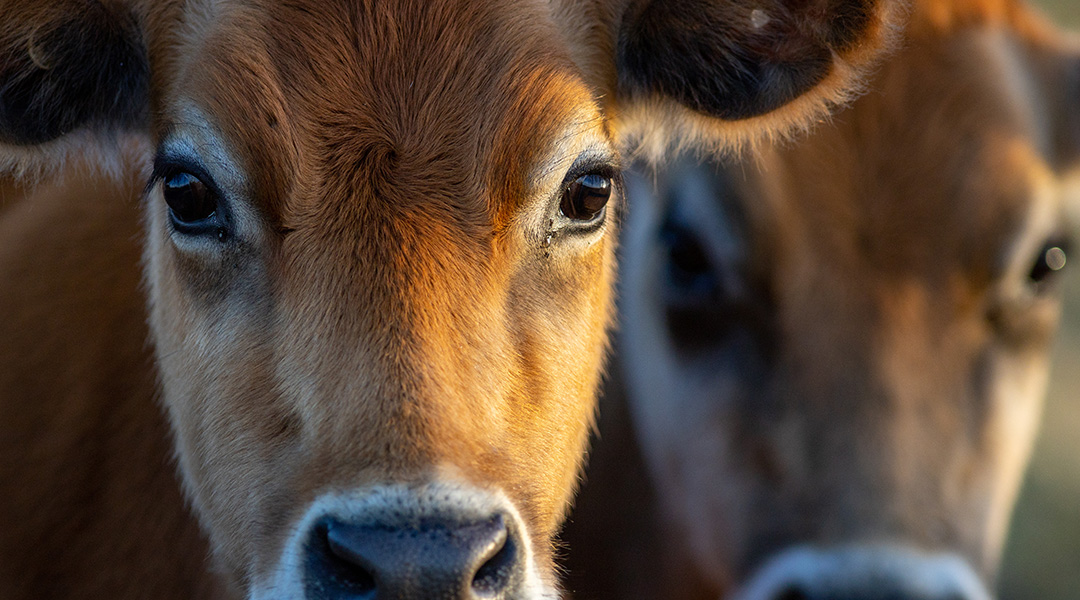Drench resistance is one of the biggest challenges currently facing the sheep industry, and we are now seeing the effects in our intensively-reared calves, such as replacement heifers.
Risk factors for drench resistance are:
- Frequent drench use – drenching monthly or even more frequently
- Ineffective chemicals – resistance is when the product kills less than 90% of the parasites, and this can mean a long time before signs of poor efficacy are noticed
- Underdosing – inaccurate or sticky guns not delivering a full dose, or animals heavier than estimated
- Heavy pasture contamination – blocks or paddocks that are only or repeatedly grazed by calves.
Easy ways we can decrease resistance and preserve drench efficacy are:
- Ensuring drenches used are appropriate and effective. Checking with an FEC (faecal egg count) 10 days after drenching quickly identifies if the product used is effective. Discuss with your veterinarian what actives and formulation is most appropriate for the age and size of calves and the parasites we are aiming to treat.
- Ensuring a sufficient dose is administered. Check drench guns are clean and functional, calibrate the gun against a measuring cylinder. Weigh calves and dose to the heaviest not the average, be aware of particularly small calves – it may be necessary to split off a tail-end mob.
Refugia
When a mob of heifers is drenched, the only worm eggs they pass out for the next 3-4 weeks are from worms that have survived the drench treatment. Over time, the progeny of these worms make up an increasing percentage of the larvae on pasture. As more of these are eaten by young cattle and reproduce themselves, drench-resistant worms build up on the farm. This process can be slowed by leaving a portion of worms unexposed to the drench treatments. This is called refugia.
Options for creating refugia in heifer grazing systems include:
- Extending drench intervals – by monitoring FECs and growth rates to ensure heifers are still performing well and parasite burden is not building
- Including a proportion of older, undrenched stock on the farm – these need to be grazing across the same pastures, and do not forget the “calf paddocks”
- Leaving a proportion of the best-performing heifers untreated – called targeted selective treatment, this means weighing regularly, then either leaving those over a target growth rate untreated or only treating those under target.
